George Church and Ramez Naam on the limitations of evolution, the power of matchmaking, and why we should send single-cell computers into deep space.


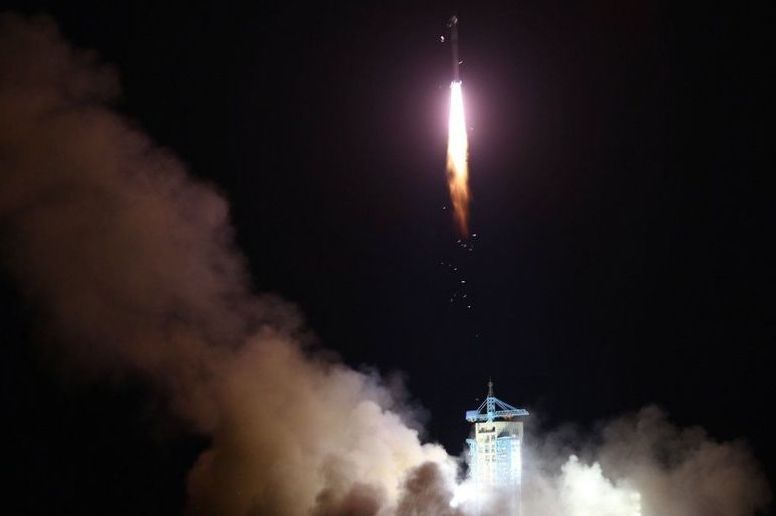

The Orion Nebula is a diffuse nebula situated in the Milky Way, being south of Orion’s Belt in the constellation of Orion. It is one of the brightest nebulae, and is visible to the naked eye in the night sky. M42 is located at a distance of 1,344 ± 20 light years and is the closest… This wide-field view of the Orion Nebula (Messier 42).
In one of the most detailed astronomical images ever produced, the NASA/ESA Hubble Space Telescope is offering an unprecedented look at the Orion Nebula. This turbulent star-formation region is one of astronomy’s most dramatic and photogenic celestial objects.
This crisp image reveals a tapestry of star formation, from the dense pillars of gas and dust that may be the homes of fledgling stars to the hot, young, massive stars that have emerged from their gas-and-dust cocoons and are shaping the nebula with their powerful ultraviolet light.
The new picture reveals large-scale structures never seen before, according to C. Robert O’Dell of Vanderbilt University in Nashville, USA “Only with the Hubble Space Telescope can we begin to understand them,” O’Dell said.
In a mosaic containing a billion pixels, Hubble’s Advanced Camera for Surveys (ACS) uncovered 3,000 stars of various sizes. Some of them have never been spied in visible light. Some are merely 1/100 the brightness of stars seen previously in the nebula.
Among the stars Hubble spotted are possible young brown dwarfs, the first time these objects have been seen in the Orion Nebula in visible light. Brown dwarfs are so-called “failed stars.” These cool objects are too small to be ordinary stars because they cannot sustain nuclear fusion in their cores the way our Sun does.
The Hubble Space Telescope also spied for the first time a small population of possible binary brown dwarfs — two brown dwarfs orbiting each other. Comparing the characteristics of newborn stars and brown dwarfs in their natal environment provides unique information about how they form.
Credit: esa/hubble, rob gendler and akira fujii.
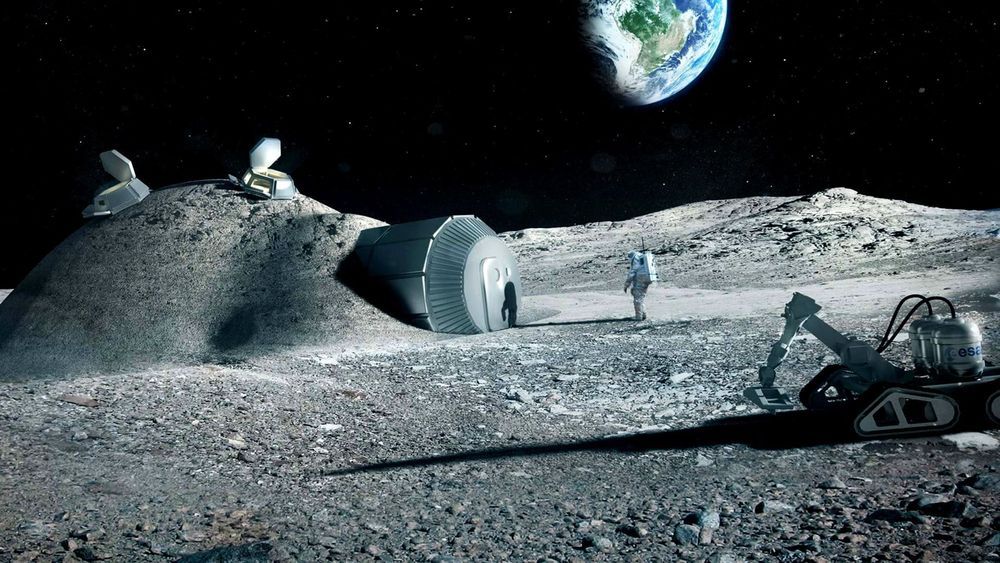
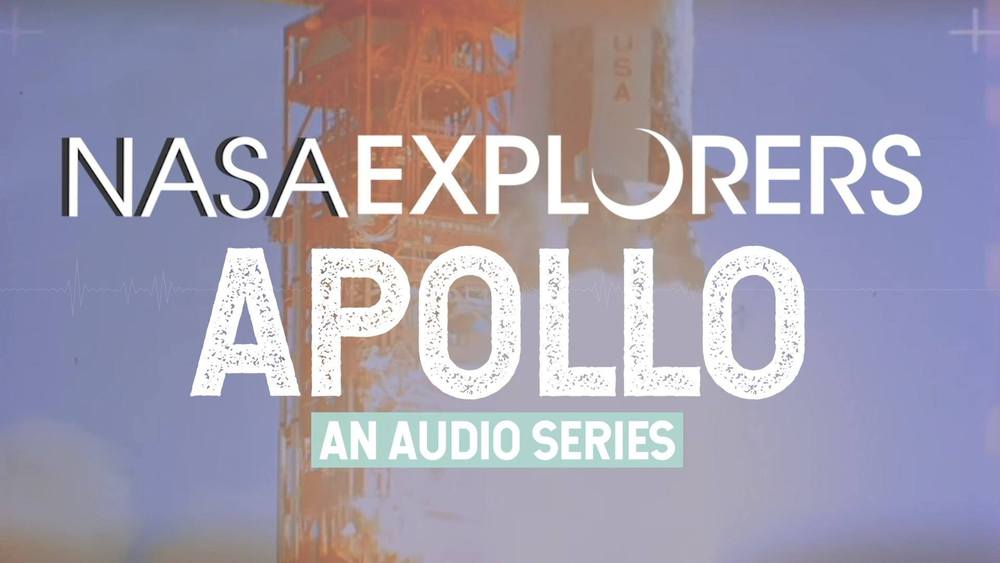
Get ready to listen to the sounds of Apollo! 🌑🎶.
Get ready to listen to the sounds of Apollo! 🌑 🎶
In this episode of NASA Explorers: Apollo, hear what 50 years of lunar exploration sounds like, just in time for the 50th anniversary of the first Moon landing. You can binge the whole series now: nasa.gov/nasa-explorers-apollo
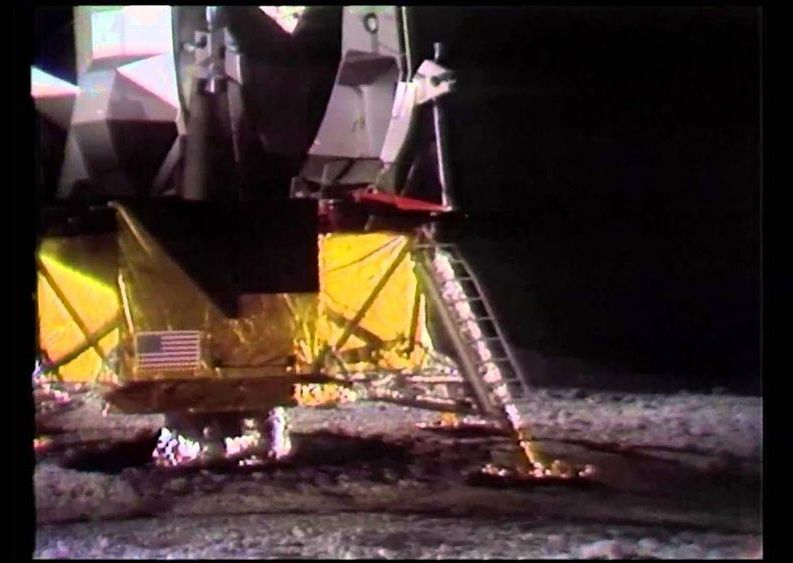
https://youtube.com/watch?v=E96EPhqT-ds
Martha Teichner on the CBS News veteran’s coverage of an epochal human event: Man landing on the moon.
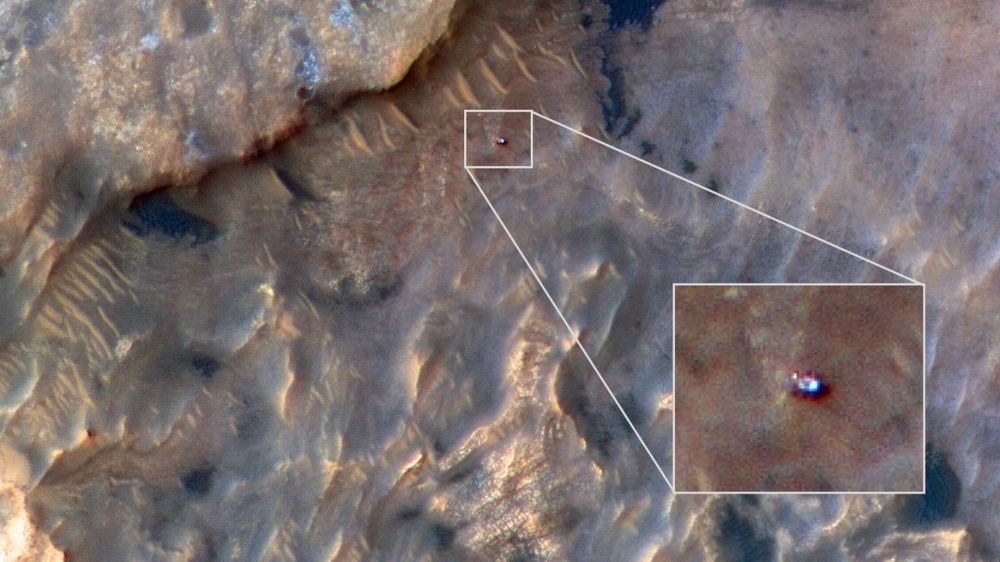
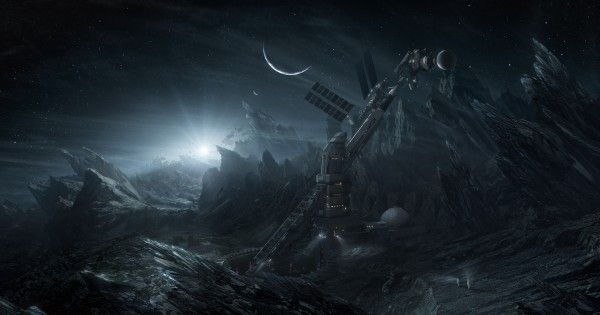
American scientist and best-selling #scifi author David Brin predicts what our world would like in the year 2050. Read it on our #Earth2050 platform:
By 2040, the international community has concluded that using nonrenewable resources is irrational. The first kind of asteroid to be mined was of the carbonaceous variety, to get water that can keep astronauts alive, or be used to create rocket fuel. Later, explorers prospected dozens of other varieties of asteroids with suitable iron, nickel, cobalt, platinoid, and rare-earth element deposits. Odyssey is the first ever space base focused on mining these minerals.
The station was launched in 2049. Because of magnetic storms and drastic changes in temperature, the main part of the base had to be built several meters below the asteroid’s surface. Almost all work on the base was automated. Small teams of engineers and technicians needed for station management stay for 6-month shifts. Using solar mirrors, they melt and refine precious metal ores and blow them into gleaming bubbles that can safely descend through Earth’s atmosphere to float in the ocean, for collection. The iron is used for construction in space.
This space project — the Odyssey — is so profitable that on April 22, 2055, Earth Day, the UN’s General Assembly adopts a resolution: to decrease mineral mining on our planet and to transfer some profits made from space to restore and preserve the Earth’s ecology.
The success of the project is based not only on the commercial value of mining but also on scientific advancements. The Odyssey houses laboratories with different specializations. New space discoveries make it possible to create new stations and even cities farther away from Earth.
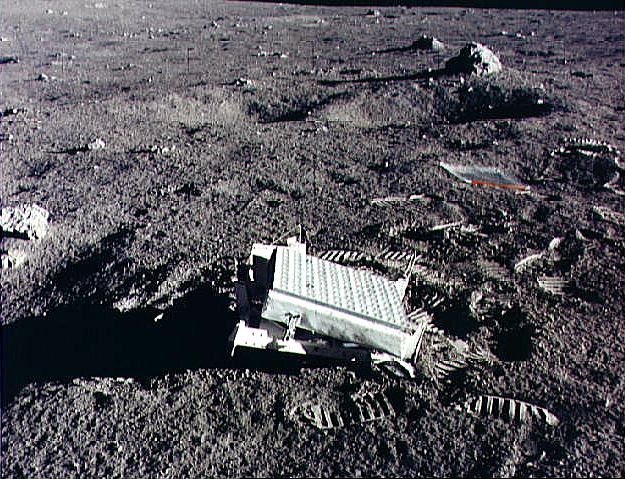
An epic lunar laser experiment is still going strong, five decades after the Apollo astronauts set it up on the surface.
The moonwalking crew of Apollo 11, which landed on the moon 50 years ago this month, put special retroreflectors on the lunar surface, as did the later crews of Apollo 14 and 15, in 1971. (Another retroreflector, built by the French, sits on the Soviet Lunokhod 2 rover that landed without a crew in 1973.)
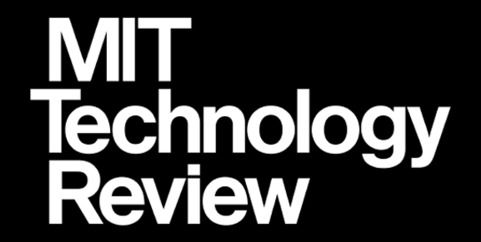
I call them “BATS”.
Can bacteria generate radio waves?
On the face of it, this seems an unlikely proposition. Natural sources of radio waves include lightning, stars and pulsars while artificial sources include radar, mobile phones and computers. This is a diverse list. So it’s hard to see what these things might have in common with bacteria that could be responsible for making radio waves.
But today, Allan Widom at Northeastern University in Boston and a few pals, say they’ve worked out how it could be done.